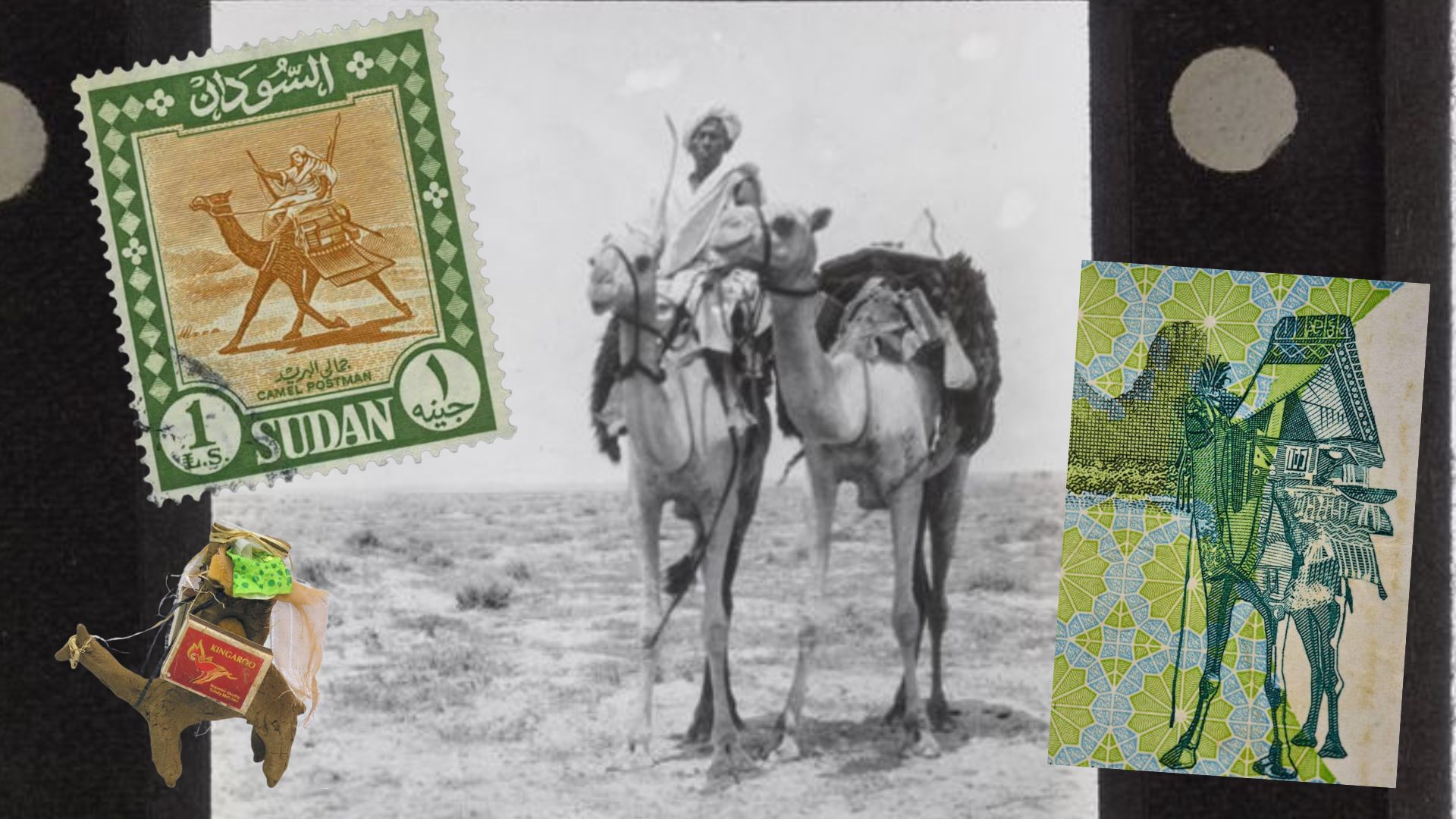Nomadism of the sahel
Extracts from the Green Heritage Exhibition that was showcased in three museums around Sudan, Khalifa House Museum, Sheikan Museum, and Darfur Museum.

/ answered
Sudan is part of the Sahel, a distinctive pan-African climate zone that is dry, hot, sunny and watered by seasonal rains; it lies at the northernmost extent of a band of rainfall fed by the distant Atlantic and Indian oceans. A rich variety of cultural traditions have evolved here that work with the landscape and the life it supports.
Communities living in the Sahel work with the climate. Some follow the rain to seasonal pastures where their livestock can graze. Others work with the seasonal rains to grow crops. Both are supported by the natural landscape, and both provide food and goods to exchange at the market and support local craft production.
This collection of documentary films is composed of four documentaries that show the heritage and culture of different nomadic tribes in Darfur and Kordofan, these films has been filmed and produced in 2019 as part of the Western Sudan Community Museums project WSCM which was originally intended to be showcased in 3 museums around Sudan; the Khalifa House Museum in Omdurman, Khartoum, the Sheikan Museum in Obaid, North Kordofan, and the Darfur Museum in Nyala, South Darfur. All films in this collection were produced by Mark Whatmore and Yoho Media.
Baggara Nomads
Archive stills and film of cattle herders in Sudan, also known as Baggara nomads in Kordofan and Darfur, from the Durham University archives, and filmed by Edward Gomer Bollard between 1939 and 1944. The film also shows stills taken by Gunnar Haaland in 1965.
Camel Culture, Darfur.
In this short documentary Mohammed Hussein Daw-Alnoor, a camel breeder from Nyala in Sudan's South Darfur (who is a manager at the Nyala Camel Market), explains the importance of camels in the culture of his tribe, Darfur and nomadic life in general. This video was filmed in Nyala Camel Market, 11/21/2019 By Mark Whatmore.
Life on the move; Darfur's Rezeigat Nomads.
Omda Abakkar Kharif Mattar, a community leader in the Rezeigat Tribe talks about the nomadic life in Darfur, and how nomadic tribes live with nature and animals, he describes the joys and meanings of their lifestyle. Filmed in West of Nyala, 15-20/11/2019 By Mark Whatmore.
Kababish Nomads
A group of camel nomads from the Kababish tribe filmed during their seasonal migration near the Jebel, North west of Bara, in a land covered with red sand dunes, as they were heading towards El Obeid, North Kordofan. On Feb 21. Filmed by Michael Mallinson.
-01.jpeg)
Sudan is part of the Sahel, a distinctive pan-African climate zone that is dry, hot, sunny and watered by seasonal rains; it lies at the northernmost extent of a band of rainfall fed by the distant Atlantic and Indian oceans. A rich variety of cultural traditions have evolved here that work with the landscape and the life it supports.
Communities living in the Sahel work with the climate. Some follow the rain to seasonal pastures where their livestock can graze. Others work with the seasonal rains to grow crops. Both are supported by the natural landscape, and both provide food and goods to exchange at the market and support local craft production.
This collection of documentary films is composed of four documentaries that show the heritage and culture of different nomadic tribes in Darfur and Kordofan, these films has been filmed and produced in 2019 as part of the Western Sudan Community Museums project WSCM which was originally intended to be showcased in 3 museums around Sudan; the Khalifa House Museum in Omdurman, Khartoum, the Sheikan Museum in Obaid, North Kordofan, and the Darfur Museum in Nyala, South Darfur. All films in this collection were produced by Mark Whatmore and Yoho Media.
Baggara Nomads
Archive stills and film of cattle herders in Sudan, also known as Baggara nomads in Kordofan and Darfur, from the Durham University archives, and filmed by Edward Gomer Bollard between 1939 and 1944. The film also shows stills taken by Gunnar Haaland in 1965.
Camel Culture, Darfur.
In this short documentary Mohammed Hussein Daw-Alnoor, a camel breeder from Nyala in Sudan's South Darfur (who is a manager at the Nyala Camel Market), explains the importance of camels in the culture of his tribe, Darfur and nomadic life in general. This video was filmed in Nyala Camel Market, 11/21/2019 By Mark Whatmore.
Life on the move; Darfur's Rezeigat Nomads.
Omda Abakkar Kharif Mattar, a community leader in the Rezeigat Tribe talks about the nomadic life in Darfur, and how nomadic tribes live with nature and animals, he describes the joys and meanings of their lifestyle. Filmed in West of Nyala, 15-20/11/2019 By Mark Whatmore.
Kababish Nomads
A group of camel nomads from the Kababish tribe filmed during their seasonal migration near the Jebel, North west of Bara, in a land covered with red sand dunes, as they were heading towards El Obeid, North Kordofan. On Feb 21. Filmed by Michael Mallinson.
-01.jpeg)

.svg)










.jpeg)
.jpeg)
